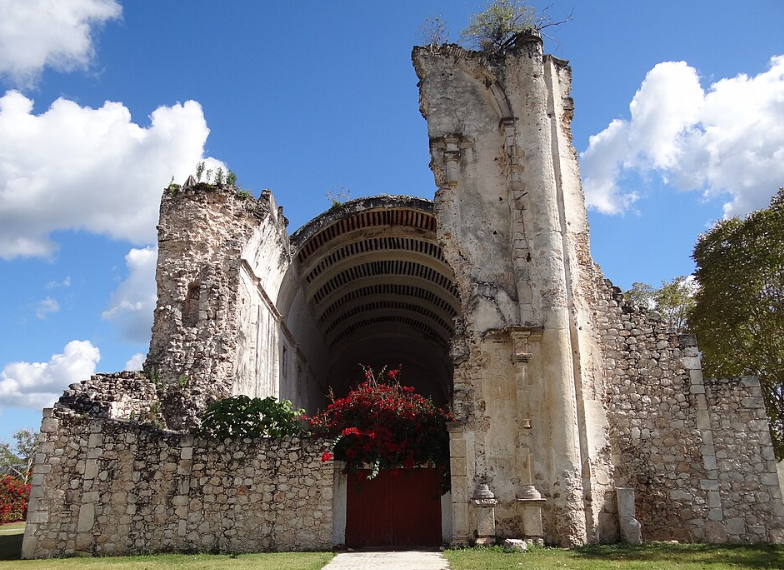Tihosuco
A historical flash point during the long Caste War, today it's an important town for understanding the conflict and the people and ideas that keep the peninsula enchanted today.

Tihosuco is one of the oldest towns in Quintana Roo and the capital of the old province of Cochua, formed in the 16th century after the arrival of the Spanish. It was famously one of the Maya towns most resistant to conquest, and that same sentiment boiled over during the 19th century in the Caste War that lasted more than 50 years.
Early in the war, the town church that had only recently been finished in 1839, was almost completely destroyed when Maya warriors stormed it. The gaunt shell of the church remains a symbol of pride for the townspeople, and one of the most recognizable symbols of indigenous resistance even to this day. The movement is memorialized and documented in the small Caste War Museum, whose collection includes weapons, documents, and images from the long and unhappy period of Mexican history.
With just over 5,000 residents, it's not a big town. Most of the people speak Yucatec Maya, but a sufficient number are conversant in Spanish too. People come today especially to learn about the Caste War and the long period of healing and reconciliation that followed. Tihosuco was an important area during much of the conflict. Jacinto Pat (1797−1849), one of the early leaders of the indigenous side over the course of the war, was born here, and rose to political prominence too. He is memorialized in statues, here, in Chetumal and along Paseo de la Reforma in Mexico City.
It's a town of deep cultural roots, and these are preserved not just through traditional music, song, and custom, but through excellent regional food too. Tihosuco is seeing a resurgence of visitors as they seek more and more meaningful visits. It's a town of striking contrasts, and one where the long history colonialism and its aftermath can be better appreciated and where indigenous perspectives and culture are at last encouraged to flourish.
Tihosuco is about equidistant between the Tren Maya stations of Valladolid to the north, and Felipe Carillo Puerto to the south. It's just a little more than an hour's drive from each. The Aeropuerto Tulum station is more like an hour and 45 minutes drive to the east of the town, and it is a very good airport connection for those arriving from further away.